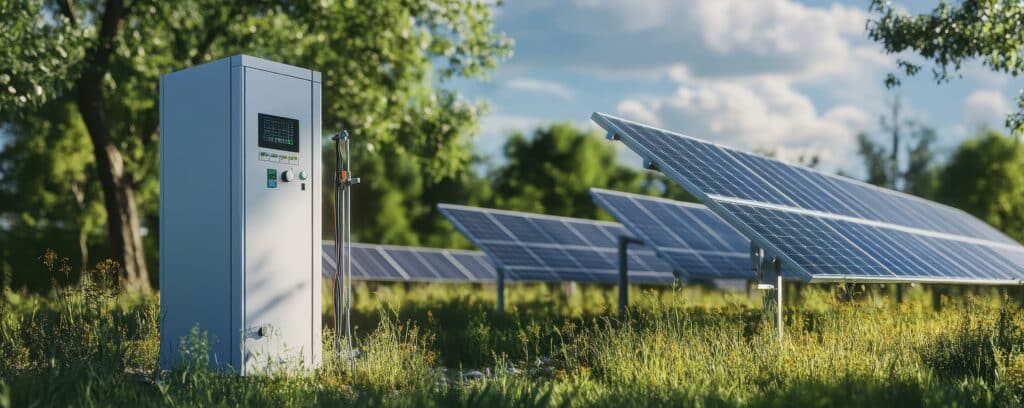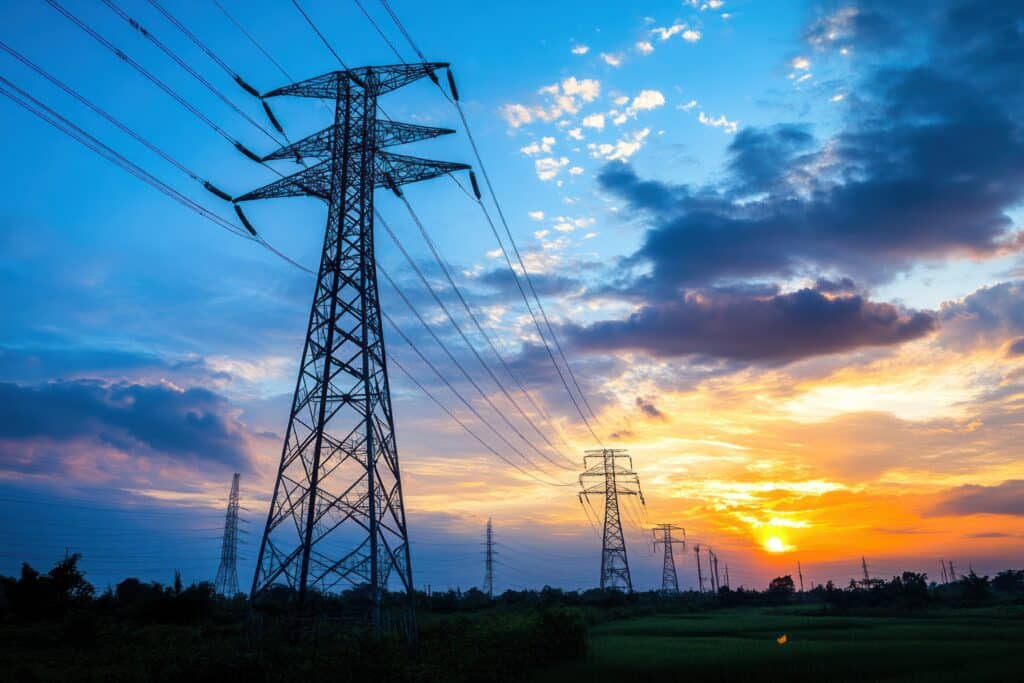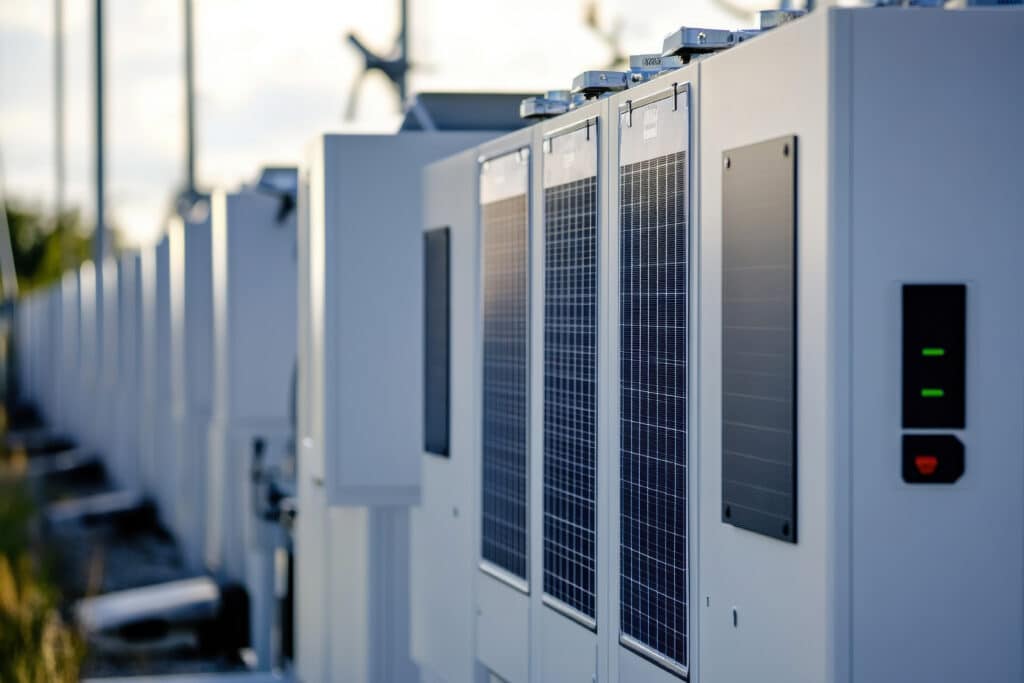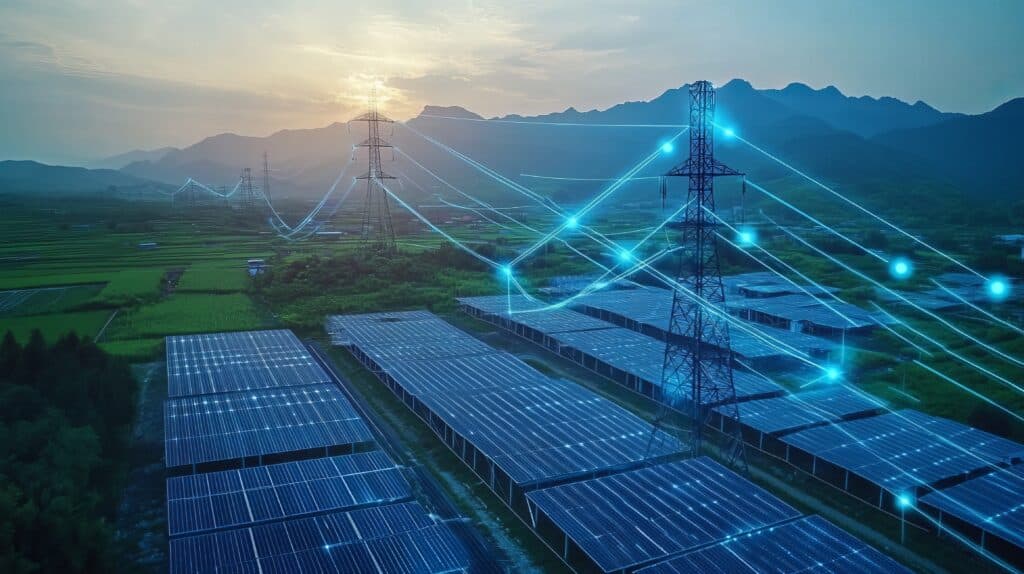




Solar energy plays a vital role in the transition towards a sustainable energy future. However, Solar Grid Integration\[24 poses significant challenges. As solar power generation increases, the demand on transmission infrastructure also rises. Understanding these challenges is crucial for policymakers, energy companies, and consumers.
Technical Challenges of Solar Grid Integration
-
Intermittent Energy Production: Solar energy production is highly variable due to changing weather conditions and daylight hours. This intermittency can cause instability in the power grid, leading to potential blackout risks if the grid does not adapt quickly enough.
-
Grid Capacity: Many existing electrical grids were not designed to accommodate a high percentage of variable energy sources like solar. Upgrading these grids to handle additional inputs from solar farms can be costly and time-consuming.
-
Regulatory Policies: Regulations governing energy generation, distribution, and storage need to evolve to meet the new dynamics introduced by Solar Grid Integration. Outdated policies can hinder the expansion of solar facilities and delay the required upgrades to transmission infrastructure.
-
Energy Storage Solutions: Effective energy storage is essential to manage the fluctuations of solar energy supply. Current battery technologies have limitations in terms of price, capacity, and lifespan, which can restrict their use in large-scale applications.
Infrastructure Challenges in Solar Grid Integration
-
Transmission Lines: Current transmission lines also face challenges in carrying additional energy loads. In some areas, the existing infrastructure is already under stress; adding solar energy production could exceed these limits.
-
Distributed Generation: With solar panels becoming popular in residential areas, the grid faces the challenge of integrating distributed energy resources. This requires advanced technologies to manage energy flows and ensure reliability.
-
Investment Requirements: Significant investments are needed to upgrade and expand grid infrastructure. These investments are often hindered by financial constraints, lack of incentives, and varying levels of government support.
-
Maintenance and Upkeep: Existing infrastructure requires regular maintenance to operate efficiently. A sudden increase in energy from local solar installations without proper planning and maintenance can lead to failures and increased downtime.
Solutions to Enhance Solar Grid Integration
-
Smart Grid Technology: Implementing smart grid technologies can facilitate better integration of solar power into the existing grid. Smart meters and automated control systems can help manage the supply-demand balance, allowing for more flexibility and efficiency.
-
Microgrid Development: Developing microgrids can enhance resilience by allowing localized control of energy generation and distribution. This can help minimize the impact of centralized grid failures and enable more effective management of distributed solar resources.
-
Policy Revisions: Revising regulatory frameworks to support renewable energy integration can enhance the deployment of solar infrastructure. This includes streamlining permits for new projects and providing incentives for energy storage solutions.
-
Innovative Financing Models: Exploring new financing mechanisms, such as public-private partnerships, can encourage investment in essential grid upgrades and facilitate the expansion of renewable energy sources.
Conclusion
The transition to Solar Grid Integration into existing power system presents a complex set of challenges that must be thoughtfully addressed to build a sustainable energy future. The intermittent nature of solar power requires advancements in energy storage, grid management, and infrastructure upgrades to maintain reliability and stability. Policymakers, energy providers, and communities need to work together to develop innovative solutions such as updated grid codes, advanced control systems, and coordinated planning efforts. These measures will ensure that solar energy can be seamlessly incorporated into the grid, maximizing its potential while minimizing disruptions.
Moreover, collaboration among all stakeholders is essential to create an inclusive and effective transition. Public engagement, transparent policymaking, and supportive incentives will encourage widespread adoption and investment in solar technologies. By fostering partnerships between governments, industry, and citizens, we can overcome technical, regulatory, and social barriers. This collective effort will not only accelerate the Solar Grid Integration but also promote energy equity, economic growth, and environmental sustainability, paving the way for a resilient and clean energy future.
For further insights on renewable energy technologies and strategies, check out related articles from Andromeda Energy:
- What’s New in Solar Technology?
- The Future of Battery Energy Storage
- Understanding Microgrids: A Key to Renewable Energy
Learn more about our initiatives and solutions for a sustainable future at Andromeda Energy.
For Further Detail
https://www.renewableenergyworld.com/
https://www.nature.com/subjects/renewable-energy


Leave a Reply